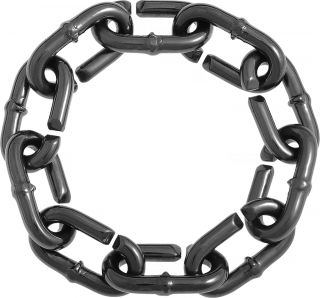Cognition
7 Ways to Unchain Your Brain and Do More, Better
Are you always doing too much at the same time?
Posted November 1, 2014

Always connected, always checking for messages, connected yet isolated, doing two or three things at once—or trying to—just leaves us and our brains in a stressed messed-up state.
Hyperconnectivity and multitasking are so common today that most of us don’t realize there are other ways of working and being. But when we overdo either of them, we shortchange ourselves and limit our brain’s potential.
With the aim of showing readers how to make effective use of social media and all the other ways we now interconnect, as well as how to use our brains more productively, Theo Compernolle, M.D., Ph.D., wrote a highly readable and comprehensive book called BrainChains: Discover Your Brain and Unleash Its Full Potential in a Hyperconnected Multitasking World.
Compernolle is an adjunct professor at CEDEP (European Centre for Executive Development) in France, as well as a consultant and coach at multinational companies and business schools. From childhood, a person of many diverse interests, he discovered that there are ways to better use one’s brain than trying to do too much at the same time.
If you want to improve your intellectual performance, it helps to know something about your brain. That’s particularly true if you find yourself distracted and annoyed at how much of your brain power is being sucked up by email, Facebook, and so on. Brain Chains contains a lot of information, but it’s all succinctly explained in digestible sections. To give you a flavor of Compernolle’s achievement, I randomly chose seven ideas from the book for you to ponder.
7 Insights for Unchaining Your Brain:
1. Your brain is a network of networks of networks, containing 160 billion cells and eight quadrillion connections, plus your brain is connected to every cell in your body.
2. Our reflecting brain involves thinking deep, thinking ahead, thinking back, and thinking critically about what our reflex brain concludes quickly.
3. You cannot think two thoughts at the same time. Both simultaneous multitasking and serial multitasking require switching back and forth between two tasks.
4. Task-switching slows you down and messes with the quality of what your brain produces.
5. Restarting a task takes more time than sticking with it, so that every minor distraction delays you more than you realize.
6. Emails, tweets, and texts are far less deep and effective than actual conversations where we use our senses to gather important information.
7. Stressed minds need recovery time. In a boring meeting? Far better to let your mind wander than to connect and guzzle more data.
There’s much more in this 518-page volume. Excellent for parents of toddlers through teens, business people at all levels, and creative types who find themselves addicted to distraction.
For more information, check out the Brainchains site.
Copyright (c) 2014 by Susan K. Perry, author of Kylie’s Heel


